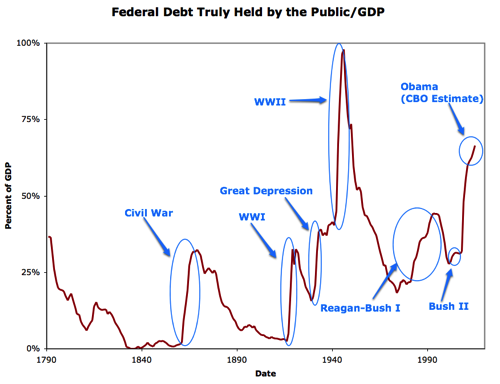Kenneth Rogoff on The Long Mystery of Low Interest Rates Project Syndicate
Post on: 30 Сентябрь, 2015 No Comment

CAMBRIDGE – As policymakers and investors continue to fret over the risks posed by today’s ultra-low global interest rates, academic economists continue to debate the underlying causes.  By now, everyone accepts some version of US Federal Reserve Chairman Ben Bernanke’s statement in 2005 that a “global savings glut” is at the root of the problem. But economists disagree on why we have the glut, how long it will last, and, most fundamentally, on whether it is a good thing.
Bernanke’s original speech emphasized several factors – some that decreased the demand for global savings, and some that increased supply. Either way, interest rates would have to fall in order for world bond markets to clear. He pointed to how the Asian financial crisis in the late 1990’s caused the region’s voracious investment demand to collapse, while simultaneously inducing Asian governments to stockpile liquid assets as a hedge against another crisis. Bernanke also pointed to increased retirement saving by aging populations in Germany and Japan, as well as to saving by oil-exporting countries, with their rapidly growing populations and concerns about oil revenues in the long term.
Monetary policy, incidentally, did not feature prominently in Bernanke’s diagnosis. Like most economists, he believes that if policymakers try to keep interest rates at artificially low levels for too long, eventually demand will soar and inflation will jump. So, if inflation is low and stable, central banks cannot be blamed for low long-term rates.
In fact, I strongly suspect that if one polled investors, monetary policy would be at the top of the list, not absent from it, as an explanation of low global long-term interest rates. The fact that so many investors hold this view ought to make one think twice before absolving monetary policy of all responsibility. Nevertheless, I share Bernanke’s instinct that, while central banks do set very short-term interest rates, they have virtually no influence over long-term real (inflation-adjusted) rates, other than a modest effect through portfolio management policies (for example, “quantitative easing”).
A lot has changed since 2005. We had the financial crisis, and some of the factors cited by Bernanke have substantially reversed. For example, Asian investment is booming again, led by China. And yet global interest rates are even lower now than they were then. Why?
There are several competing theories, most of them quite elegant, but none of them entirely satisfactory. One view holds that long-term growth risks have been on the rise, raising the premium on assets that are perceived to be relatively safe, and raising precautionary saving in general. (Of course, no one should think that any government bonds are completely safe, particularly from inflation and financial repression.) Certainly, the 2008 financial crisis should have been a wakeup call to proponents of the “Great Moderation” view that long-term volatility has fallen. Many studies suggest that it is becoming more difficult than ever to anchor expectations about long-term growth trends. Witness, for example, the active debate about whether technological progress is accelerating or decelerating. Shifting geopolitical power also breeds uncertainty.
Another class of academic theories follows Bernanke (and, even earlier, Michael Dooley, David  Folkerts-Landau, and Peter Garber ) in attributing low long-term interest rates to the growing importance of emerging economies, but with the major emphasis on private savings rather than public savings. Because emerging economies have relatively weak asset markets, their citizens seek safe haven in advanced-country government bonds. A related theory is that emerging economies’ citizens find it difficult to diversify the huge risk inherent in their fast-growing but volatile environments, and feel particularly vulnerable as a result of weak social safety nets. So they save massively.
These explanations have some merit, but one should recognize that central banks and sovereign wealth funds, not private citizens, are the players most directly responsible for the big savings surpluses. It is a strain to think that governments have the same motivations as private citizens.

Besides, on closer inspection, the emerging-market explanation, though convenient, is not quite as compelling as it might seem. Emerging economies are growing much faster than the advanced countries, which neoclassical growth models suggest should push global interest rates up. not down.
Similarly, the integration of emerging-market countries into the global economy has brought with it a flood of labor. According to standard trade theory, a global labor glut ought to imply an increased rate of return on capital, which again pushes interest rates up, not down.
Surely, any explanation must include the global constriction of credit, especially for small and medium-size businesses. Tighter regulation of lending standards has shut out an important source of global investment demand, putting downward pressure on interest rates.
My best guess is that when global uncertainty fades and global growth picks up, global interest rates will start to rise, too. But predicting the timing of this transition is difficult. The puzzle of the global savings glut may live on for several years to come.














